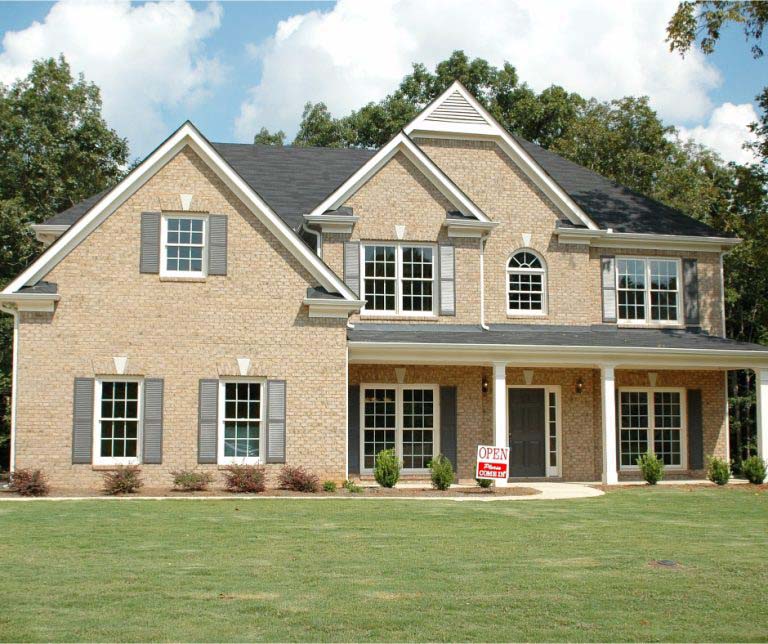This BLOG On California Roads And How It Affects California Home Purchase Was UPDATED And PUBLISHED On March 19th, 2020
California is the nation’s most populous and largest state.
- California also has the highest tax rate in the United States
- Average homes in the United States are priced at $268,500
- However, average homes in California are priced at $594,000
- Many counties in California are considered high-cost areas where the FHA Loan Limits is capped at higher amounts
- The rest of the nation, FHA Loan Limits are capped at $336,700
- California Roads are deteriorating and deteriorating fast
- There is not enough funds to fix California roads
- What this translates to is higher taxes which will affect California homeowners and citizens
- It costs a lot more money to live in California. It costs much more to be a California homeowner than a homeowner at another state
- This is something California home buyers need to keep in mind prior to pulling the trigger
In this article, we will discuss and cover California Roads And How It Affects California Home Purchase.
Deteriorating California Roads
Since the late sixties, hundreds of millions of cars and trucks have driven over California roads at one time or another:
- Many roads and bridges are now near the end of their useful life, their demise hastened by a lack of upkeep
- Others simply cannot handle the growing needs of the state’s residents, visitor’s and businesses
Two-thirds of local roads and streets now require major, expensive rehabilitations according to a recent local state study assessment.
Costs Of Repairing California Roads
State officials have talked about fixing the problem, mostly by raising existing motorist’s taxes or creating new ones.
- But California motorists already pay the highest transportation-related taxes, fees and other charges in the nation- a whopping $13.5 billion annually
- In addition, lawmakers have frequently diverted funds meant for the road maintenance and improvements to the state’s general fund
- So not all of this money ends up going to road repair improvements or driving-related services such as the CHP and the DMV
This explains why raising taxes is a sore subject for many taxpayers here in California.
California Roads And Damage To Vehicles
In the meantime drivers are suffering the consequences:
- For example, damage to personal vehicles due to major potholes resulting in suspension and or tire/wheel damage
- This is not to mention injuries from traffic collisions, some of which are caused by poor road conditions or design which are on the rise
The elephant on the road has clearly become too large to Ignore.
Deterioration Of California Roads With Age
In 1960, California’s population was approximately 16 million:
- Today is closer to 39 million and rising
- This rapid growth along with an even more rapid rise in the number of vehicles on the roads and miles those vehicles travel has the transportation agencies outstripped the transportation systems ability to handle the load
- Caltrans and regional transportation agencies have tried fixes
- These include increasing highway capacity to expanding transit systems
- But such undertakings haven’t kept up
- On average, Californians drive more than twice the number of miles they did 35 years ago
- But the number of roadway lane miles has gone up only 2 percent
As a result, four of the country’s most congested areas are in California:
- Los Angeles/Orange County
- San Francisco
- Oakland
- San Jose
- Riverside
- San Bernardino counties
Funding Road Repairs In California
Traditionally state and federal gas taxes have provided the lion’s share of funding for transportation improvements and maintenance:
- But gas taxes don’t work as well as they used to and aren’t likely to in the near future
- First, neither tax has been raised in more than two decades
- Second, the taxes purchasing power has declined by more than 50 percent because of inflation
- Third, today’s cars get better gas mileage
- So they use relatively less gas
- Thereby contribution less for road maintenance and services per mile driven
- And even though some local taxes have been devoted to transportation, we’re still falling behind
- The combination of high taxes and substandard results means that the state must not only spend the money it collects on the most important projects
But also do a better job of completing them efficiently and at the lowest possible cost.
Cost Of Fixing Roads
Fixing California’s transportation system will be expensive, but doing nothing will be even more so.
- That’s because preventative road maintenance costs about $106,000 per lane mile, while major rehabilitation work can cost closer to $90,000 or more per lane mile
- Our past inaction has caught up with us
Caltrans estimates that it will need $57 billion to fix state highways, cities and counties say they’ll require another $78 billion to fix local streets and roads.
California Roads System
California’s 175,000 miles of streets, roads, and highways are the backbone of the state’s transportation system.
- The number of motorists who drive on them both for personal and commercial reasons is projected to increase
- To ensure the safety of everyone who uses it and to foster economic growth, a reliable transpiration network is vital
- Legislators and citizens alike must take action, rather than continuing to take a backseat on this issue
- We must come together to address in a real and meaningful way
Investment in a transportation infrastructure plan that works for all of our residents for the immediate now and future down the road.
About The Author
Michael Gracz is a senior loan officer and contributing associate editor and writer for Gustan Cho Associates. Mike is a real estate investor with extensive knowledge in all areas of lending and real estate investments. Mike Gracz is a native of Southern California and has recently purchased a condo hotel unit in Florida. Mike has always an eye out on properties that may be great investment opportunities and great potential for appreciation. Stay tuned for more informative articles by Michael Gracz of Gustan Cho Associates.









